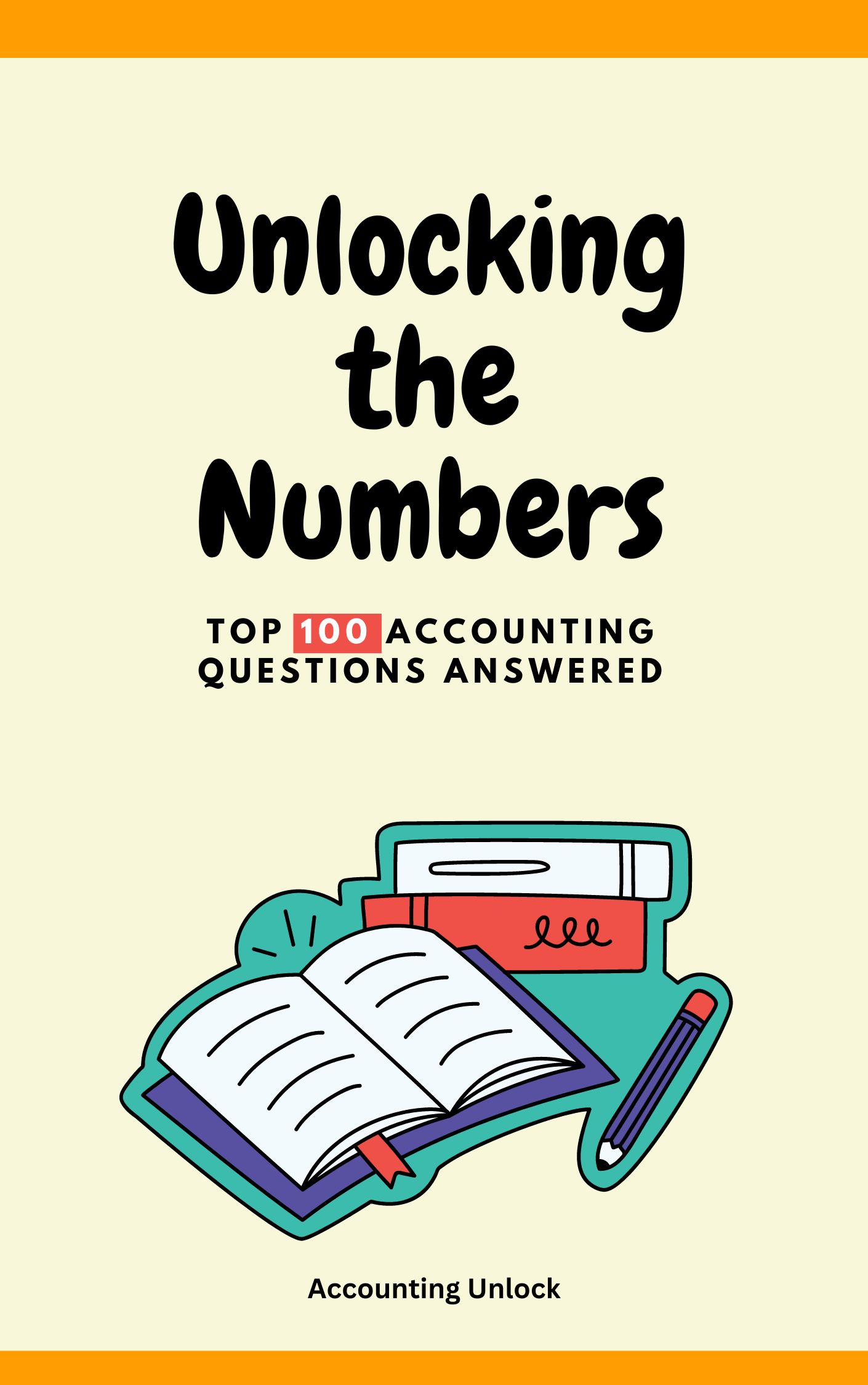Hey there, future financial wizards! Ever stumbled upon “bad debt expense” and felt like you were lost in a maze of confusing accounting terms? Don’t worry, it’s not some ancient financial spell that curses your savings! Think of it like a financial sigh, acknowledging the missing slices from your money pie. It’s the money you expected to get but never did, like that time you lent your favorite video game to your sibling and it mysteriously vanished (we’ve all been there!).
Imagine you run a bustling bakery churning out the most delicious cookies in town. You sell batches to your friends on credit, expecting them to pay you back later. But what if, after devouring all the cookies, some forget to settle their sweet tooth debts? That, my friends, is bad debt – your scrumptious cookies gone missing from your financial pie.
Bad debt expense is like taking a financial snapshot of all those missing cookie sales. It’s a way to recognize and account for the money you loaned out that’s unlikely to ever come back, like accepting your sibling won’t magically return your video game.
Here’s how it works:
- Loanly lending: You sell cookies on credit, hoping everyone pays up (like trusting your friends with your baked goods).
- Poof, it’s gone! Some friends don’t pay, leaving you with empty cookie jars and financial holes (similar to your missing video game).
- Bad debt sighs: You estimate the total value of those missing cookie sales and record it as “bad debt expense,” acknowledging the loss like saying goodbye to your lost video game.
Bad debt expense isn’t just for bakeries, it’s a crucial part of accounting for businesses of all sizes, from lemonade stands to tech giants.
Real-world example:
Think of a phone company offering monthly plans. Some customers might stop paying their bills, creating bad debt for the company. This expense impacts their profitability, forcing them to be cautious about who they offer credit to, just like you might be hesitant to bake cookies for everyone in the future.
Key points about bad debt expense:
- Represents the amount of money loaned out that’s unlikely to be repaid.
- Affects a business’s financial health and profitability.
- Used by various businesses to track and manage credit risks.
Remember, bad debt expense is like a financial compass, guiding businesses towards making informed credit decisions.





